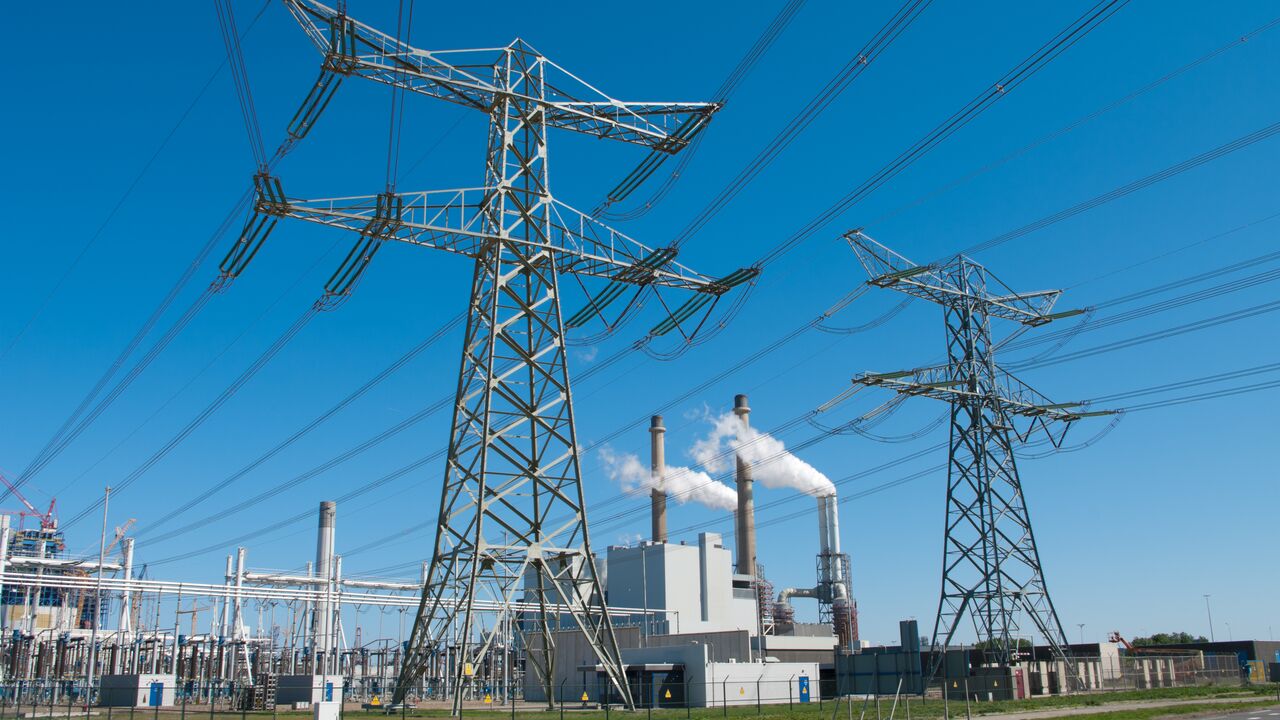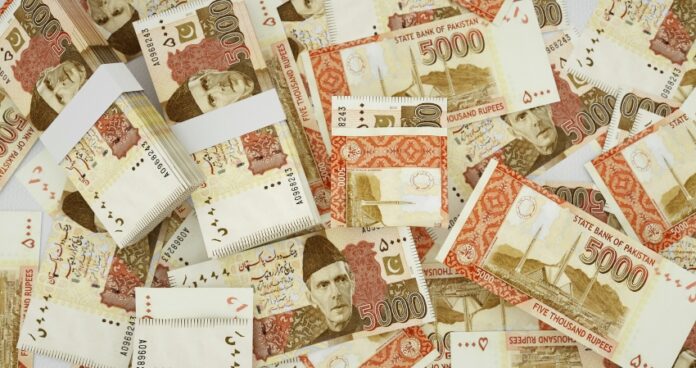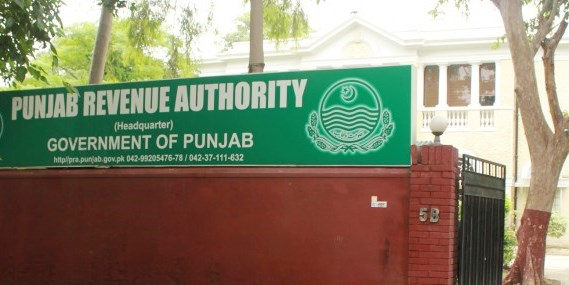
The government has announced a reduction in the return on equity (RoE) for state-owned power plants, lowering it to 13% in local currency. Additionally, the US dollar exchange rate for these plants has been capped at Rs168, as reported by The News, citing sources from the Power Division.
In a further move, capacity payments for these plants have been cut from 100% to 35%, which helps maintain operations while also reducing electricity costs by Rs0.44 per unit.
The government is also in ongoing discussions with wind and solar power producers to revise their tariffs, potentially reducing costs by as much as Rs2 per unit. These efforts are part of broader reforms in the power sector, including ending contracts with five independent power producers (IPPs), restructuring eight bagasse-based power plants, and transitioning 14 IPPs to a take-and-pay payment model. These actions have already resulted in a Rs1.43 per unit reduction in tariffs.
The cumulative effect of these changes is expected to lead to significant savings, with an estimated Rs1,400 billion in future savings. Once negotiations with renewable energy producers are complete, savings could rise to Rs2,600 billion.
Notably, the termination of the IPP contracts alone led to a Rs0.77 per unit drop in tariffs, while switching the tariff of bagasse-based plants from dollar-based to rupee-based saved Rs0.14 per unit. The transition to a take-and-pay model for 14 IPPs further cut costs by Rs0.43 per unit. Additionally, the replacement of the Pak Gen plant with the Kapco 496MW facility in Muzaffargarh provided another Rs0.09 per unit relief. This plant will be handed over to the government in three years, without any financial compensation.
On the subject of capacity payments, the government revealed the annual payments made to different power plants. The China-Pakistan Economic Corridor (CPEC) plants receive Rs600 billion, nuclear plants get Rs510 billion, hydropower plants are allocated Rs200 billion, Wapda’s hydel generation gets Rs24 billion, and RLNG-based plants receive Rs34 billion. Among hydropower projects, five plants, including Suki Kinari, Meera, Gul Pur, Karot, and Star, receive Rs200 billion in annual payments.
RLNG plants like Haveli Bahadur Shah and Balloki account for Rs18 billion in monthly capacity charges, while Quaid-i-Azam and Punjab thermal power plants collectively receive Rs16 billion.
Meanwhile, the Power Division continues to negotiate with wind and solar power producers, involving foreign investors from the US, Canada, and Denmark in these discussions. Given that the loan repayment periods for these plants range from three to four years, the government hopes these talks will result in a further Rs0.13 per unit reduction in electricity costs.
SOURCE: The Profit Magazine Pakistan
.jpg)









This website has been developed with good faith to create facilities for the people.Your ID Password and access to our website is for a specific period or temporary, it may be suspended at any time without telling any reason.Your ID Password or access does not create any your rights or liability onto owner of the website.
Office # 3-6, Ground Floor Idrees Chamber ,Talpur Road Karachi
info@taxhelplines.com.pk
+ 92 314-4062161
021-32462161
+ 92 305-2561915